

Today we’d like to introduce you to Saimun Singla.
Hi Saimun, we’re thrilled to have a chance to learn your story today. So, before we get into specifics, maybe you can briefly walk us through how you got to where you are today?
I am a board-certified pediatric rheumatologist that practices in Houston, Texas. My path to becoming a physician was satisfying, yet ordinary until I became a patient myself. This is when my true story begins because becoming a patient helped me turn a career into a calling.
People think I became a pediatric rheumatologist because I have rheumatoid arthritis, but the truth is I was diagnosed with this condition after becoming an attending rheumatologist. Oh, the irony when the doctor becomes a patient of her own expertise! Within the first year after my diagnosis, I quickly recognized that I was living a parallel life to the patients I treated daily. I empathized with a family’s hope for disease remission, the frustrations of dealing with insurance denials for medications, the weekly injections, the frequent need for labs, and the feeling of helplessness learning that you failed yet another medication.
I also found myself asking similar questions as my patients, like “What else can I be doing other than take immunosuppressant x”, “Should I try the anti-inflammatory diet”, “Should I go gluten-free”, or “Is there a support group for people like me?” My unique position allowed me to gain first-hand knowledge of the ups and down of living with a chronic illness as well as the giant gaps in care that conventional medicine often left unanswered.
Furthermore, I came to the realization that I was practicing and living in a “sick care model” of healthcare that focused on acute disease management rather than broadening it to include disease prevention and health maintenance. Every symptom or complaint I had resulted in a new prescription or referral to a specialist rather than digging deeper. I lost track of the simple measures like paying attention to my sleep and how I handled stress. It took me 3 years to finally realize that these seemingly small factors contributed to my arthritis flares. This wasn’t anyone’s fault; it was a reflection a health care system that we—including me as a physician—lived in, where visits were not designed to address more than the most bothersome problem at hand.
My pain points as a patient (pun intended) slowly became the breadcrumbs to my values, and those values became the guiding light to finding my true purpose. This led to the birth of Rheum to Grow, a medical practice in Houston for children with rheumatic diseases to get personalized healthcare that goes beyond standard disease management.
So, you see, my story began the moment I became aware of the strength in my journey as the patient rather than the physician. And that sharing my story and struggles gave my patients permission to do the same. In a medical setting, this exchange serves as a bigger platform for managing chronic disease because when my patients tell me their story, I am able to get a better sense of who each child is, not just what disease they have. This is important in the world of rheumatology because the interplay of lifestyle choices, mental health, social support, and resiliency all contribute to disease activity.
My mission at Rheum to Grow is to help children and families better handle the ever-changing nature of rheumatic illnesses through education, empowerment, and support. I hope to move the needle on caring for these children by changing their mindset from health as a destination to health as a journey—one that requires adaptability, proactivity, and responsibility. These are things I have learned in and out of the white coat and am passionate about passing onto my patients and their families.
I’m sure you wouldn’t say it’s been obstacle free, but so far would you say the journey has been a fairly smooth road?
Starting any business is hard. It’s even harder when you have spent over a decade studying how to treat diseases rather than learning how to be creative, innovative, managing money, marketing, hiring, and negotiating. So, I wouldn’t say the road has been smooth, but more like trying to walk on a cobble stoned road in high heel shoes.
I didn’t go into medicine to become an entrepreneur, but I knew that in order for me to create a medical practice that I envisioned for my patients, I had to learn the ropes of running a business. My entire career prior to founding Rheum to Grow was in academia at a large children’s hospital, so I never had to think twice about the daily operations other than seeing patients and educating residents and fellows. To understand the business side from the ground up, I turned to podcasts, books, websites, webinars, as well as my colleagues that were already in private practice. Houston has an incredible group of physician women who lift each other, and for this, I’m truly grateful!
In addition to learning how to become an entrepreneur, another struggle was the dreaded feeling of imposter syndrome. I was already feeling fraudulent trying to open a private practice when greater than 95% of the peers in my specialty were in academia. The feeling of not belonging was even more pronounced as a young female of color. I quickly realized that if I didn’t want to be paralyzed by fear and instead succeed at what I was trying to do, I had to change the narrative in my head. So, I slowly unlearned the notion “You can’t be what you can’t see,” because in any newly built path, someone must pioneer it. And that someone was going to be me.
Thanks – so what else should our readers know about your work and what you’re currently focused on?
Rheum to Grow is a pediatric rheumatology practice in Houston, Texas that takes an integrative approach to a child’s chronic illness. After my own diagnosis of rheumatoid arthritis, I realized that patients (including me) were seeking a more holistic approach to their care to utilize every potential avenue of healing our world has to offer. For this reason, I completed an additional fellowship in Integrative Medicine, where I learned to blend conventional medicine with evidence-based complementary therapies, offering the best of Western and Eastern medicine.
This is different than the care you would normally get at a traditional rheumatologist’s office. Integrative medicine gives me an edge because I can offer a tailored approach to each patient by tending to their sick care while simultaneously evaluating for less obvious factors that contribute to their disease activity, such as nutrition, exercise, sleep, stress, resilience, and social support. In the management of juvenile arthritis for example, I use pharmaceuticals and a procedure (such as a joint injection), the anti-inflammatory diet, supplements, massage, acupuncture, and mindfulness training. With this approach, I can attend to a child’s acute and chronic rheumatology needs.
Through my unique training, I am also able to offer the same integrative approach to children with non-rheumatic illnesses such as ADHD, anxiety, chronic pain, migraines, and irritable bowel syndrome for example. This provides families the opportunity to complement their pediatrician or specialist’s care in order to maximize their medical care.
I am most proud of creating a pediatric rheumatology practice that is the first of its kind not just in Houston, but in the country. I can’t think of a better place to open my practice in one of the largest and racially/ethnically diverse cities in the country.
Who else deserves credit in your story?
My vision would have stayed a vision if it weren’t for the support of my family. With encouragement from my husband, brother, parents, in-laws, and sister-in-law’s, I rallied up enough strength to pull the trigger on resigning from my (very stable) job in academia to venture into private practice for a specialty as small as mine.
I had a thousand reasons not to pursue my inner desire of creating a different kind of rheumatology practice. And, I’ve had discussions with each of my family members about these exact reasons. But at the end of the day, the one commonality amongst our conversations was that the biggest risk of all would be to ignore those whispers and stay complacent. And now I can proudly say that I’ve crossed over into the unknown—it’s a little scary, but extremely gratifying to know that I play a part in helping children live and thrive with chronic illness.
Contact Info:
- Website: www.rheumtogrowtx.com
- Instagram: rheum.to.grow.tx
- Facebook: Rheum to Grow
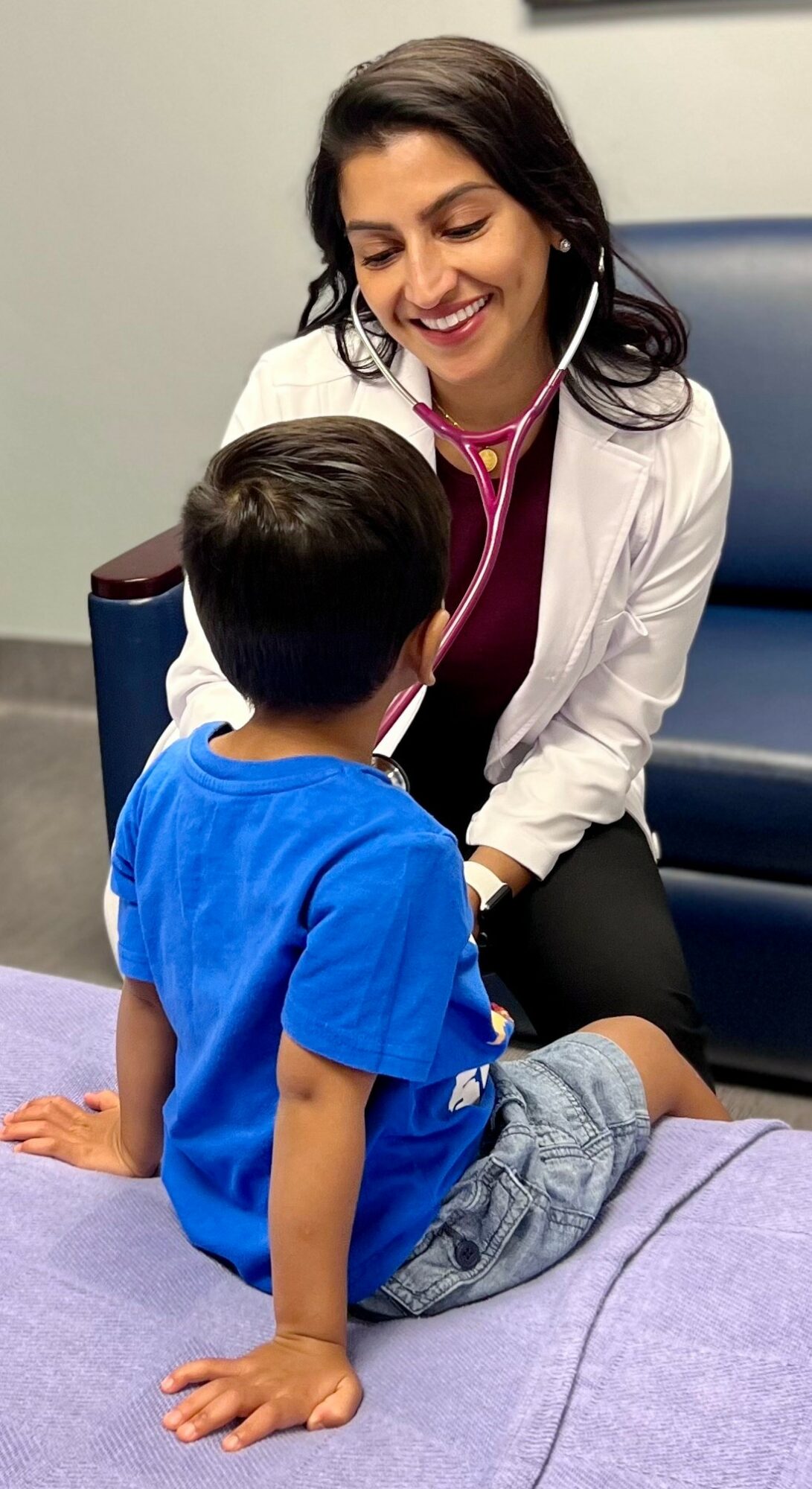
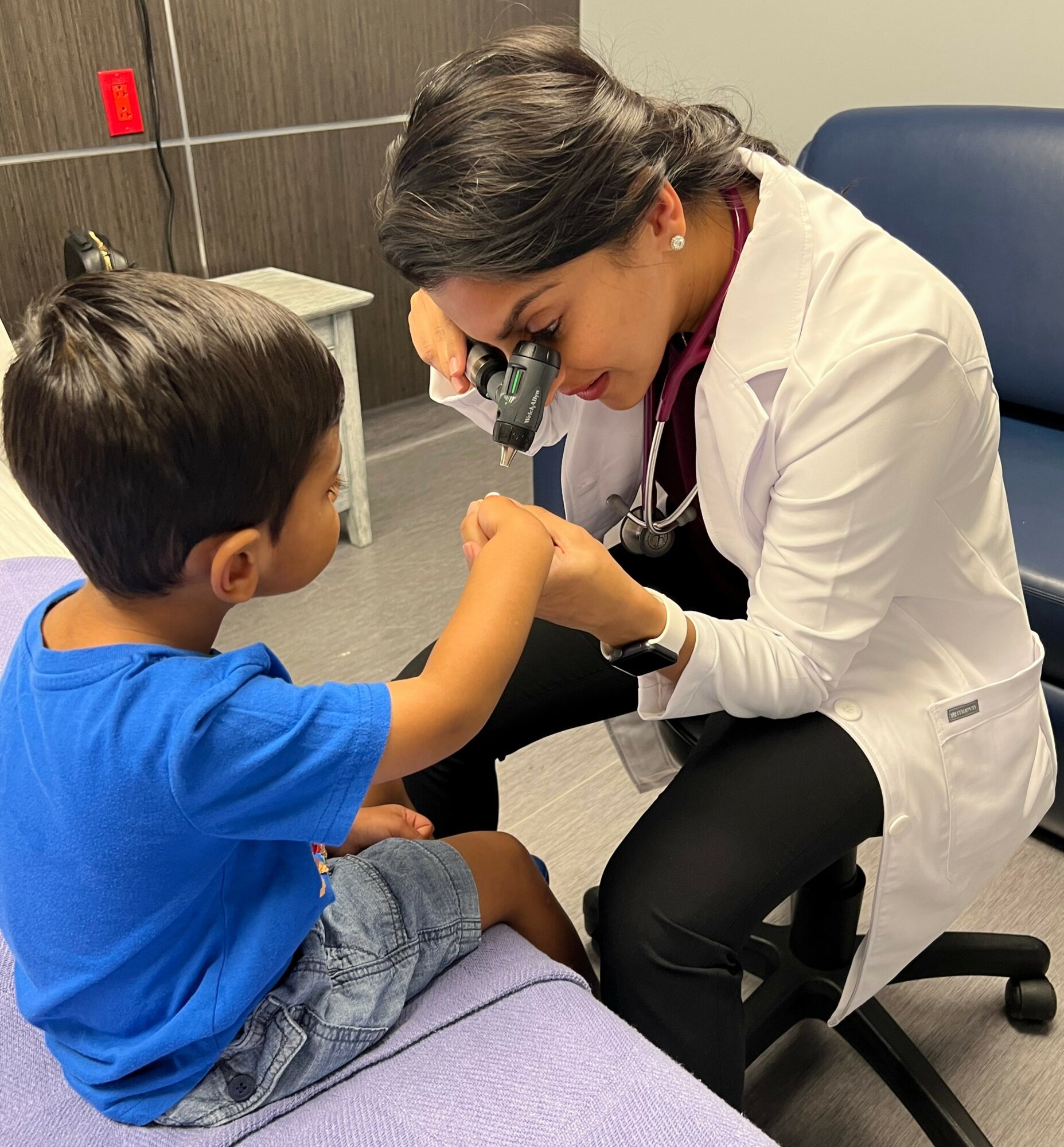
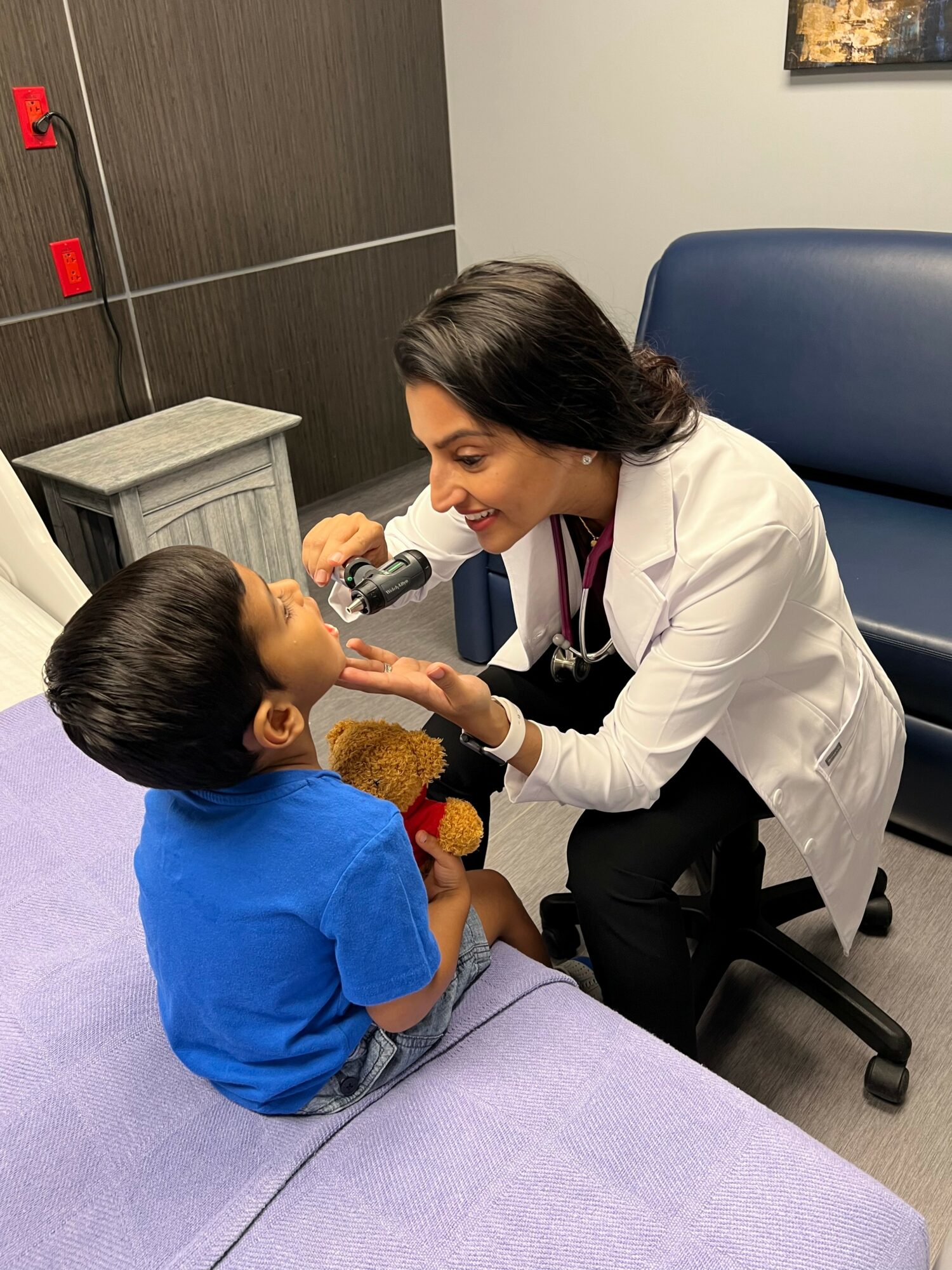
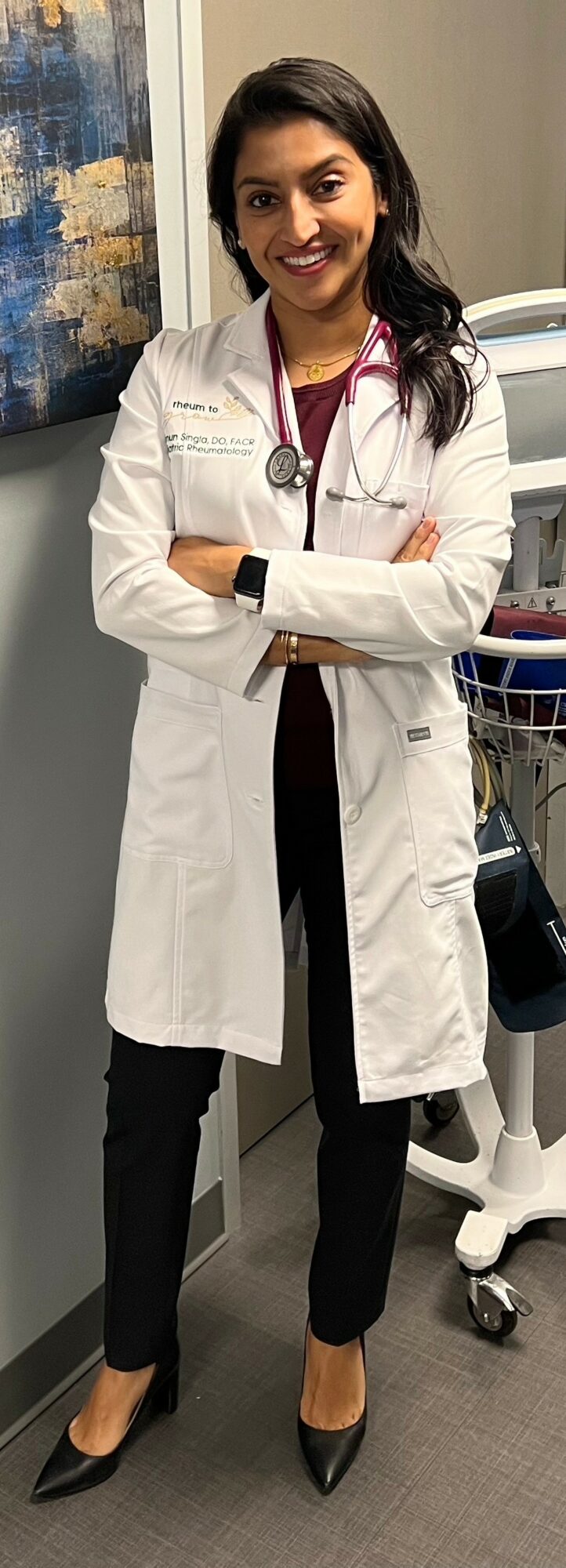
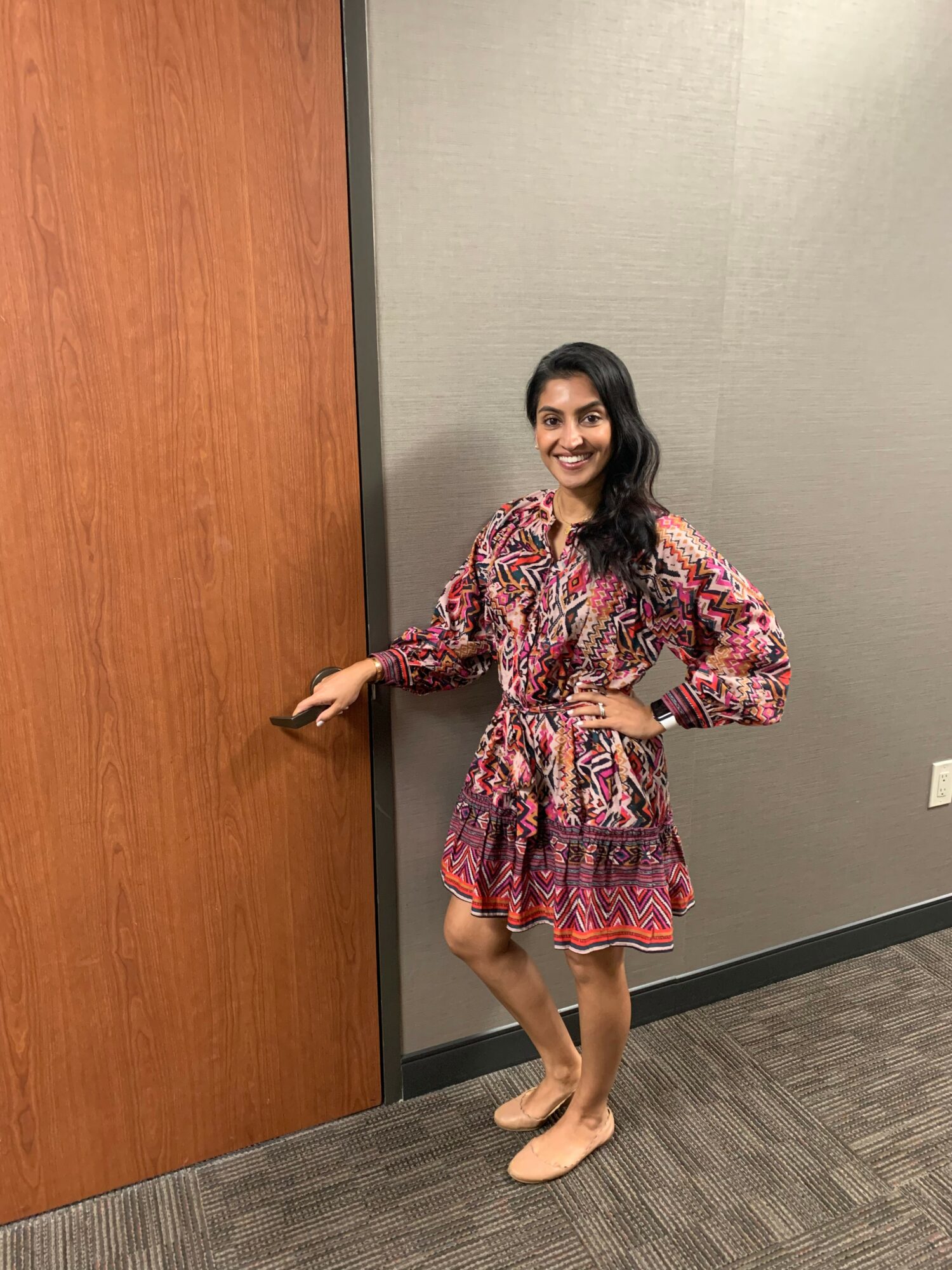
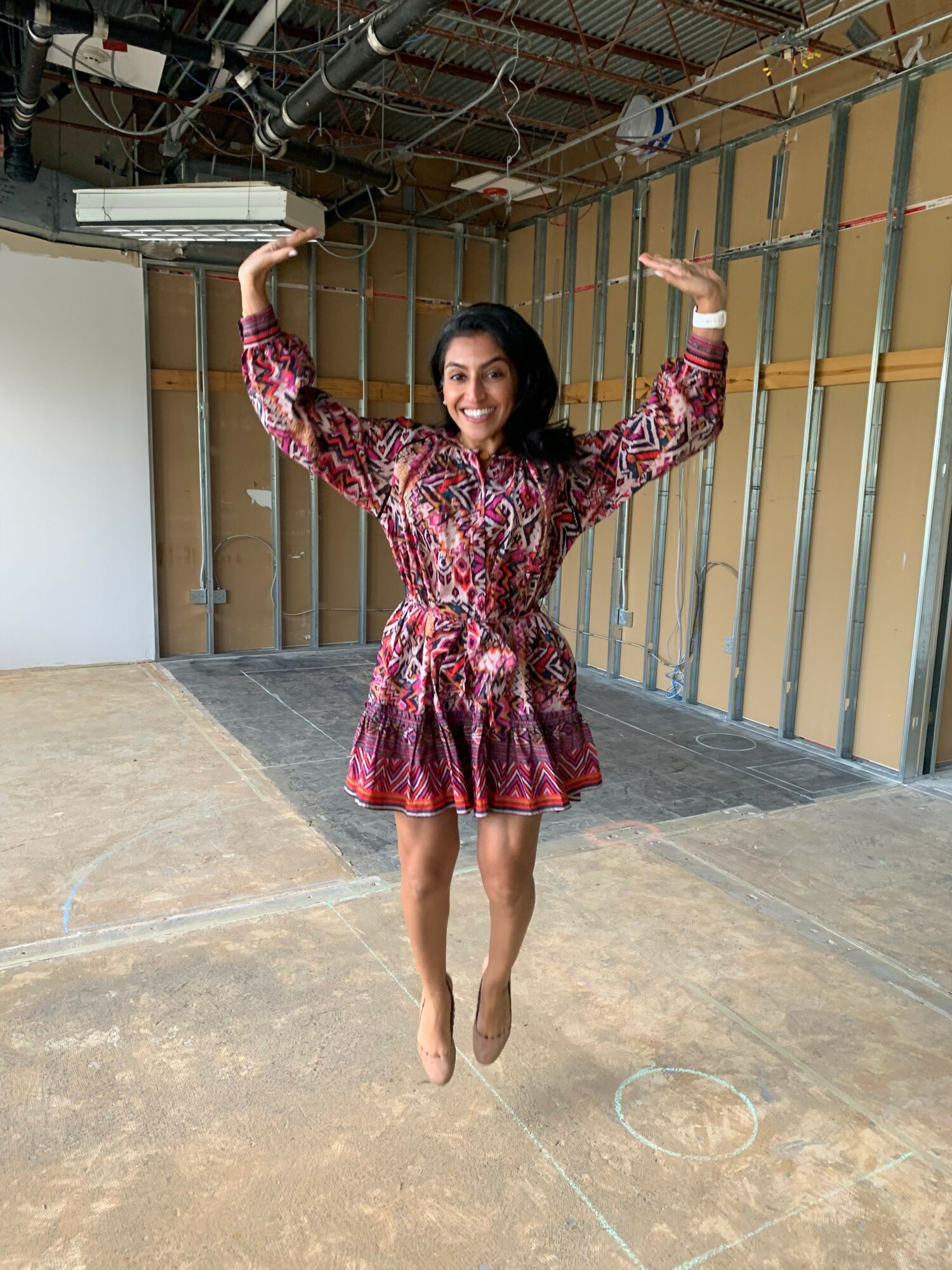

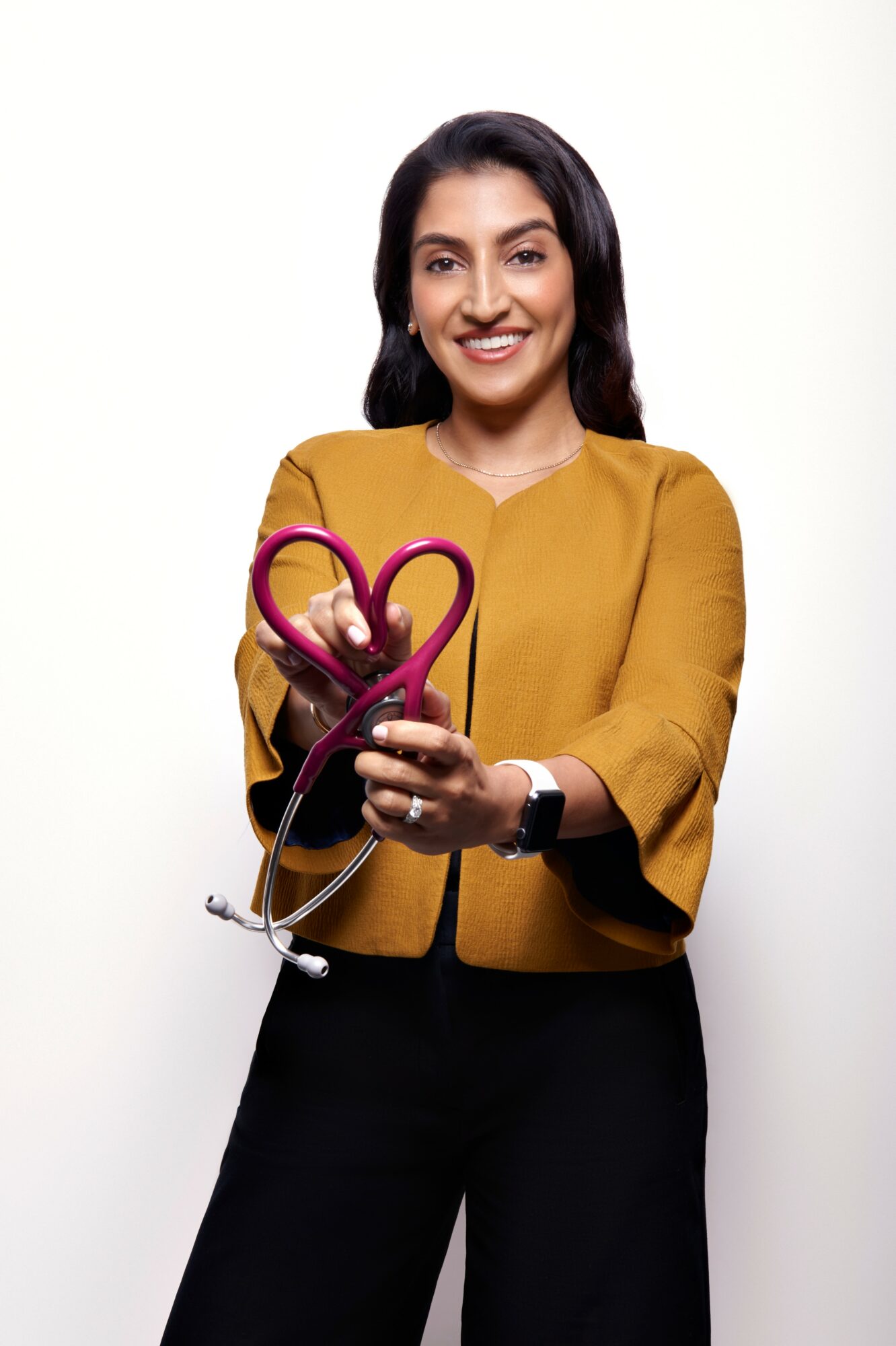
Image Credits
Moni Pradier










